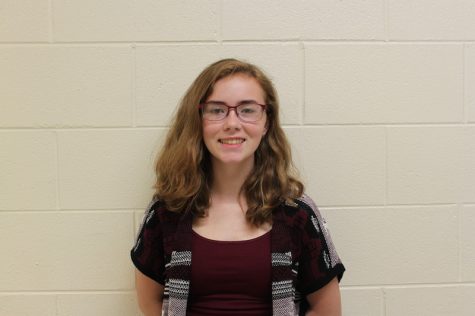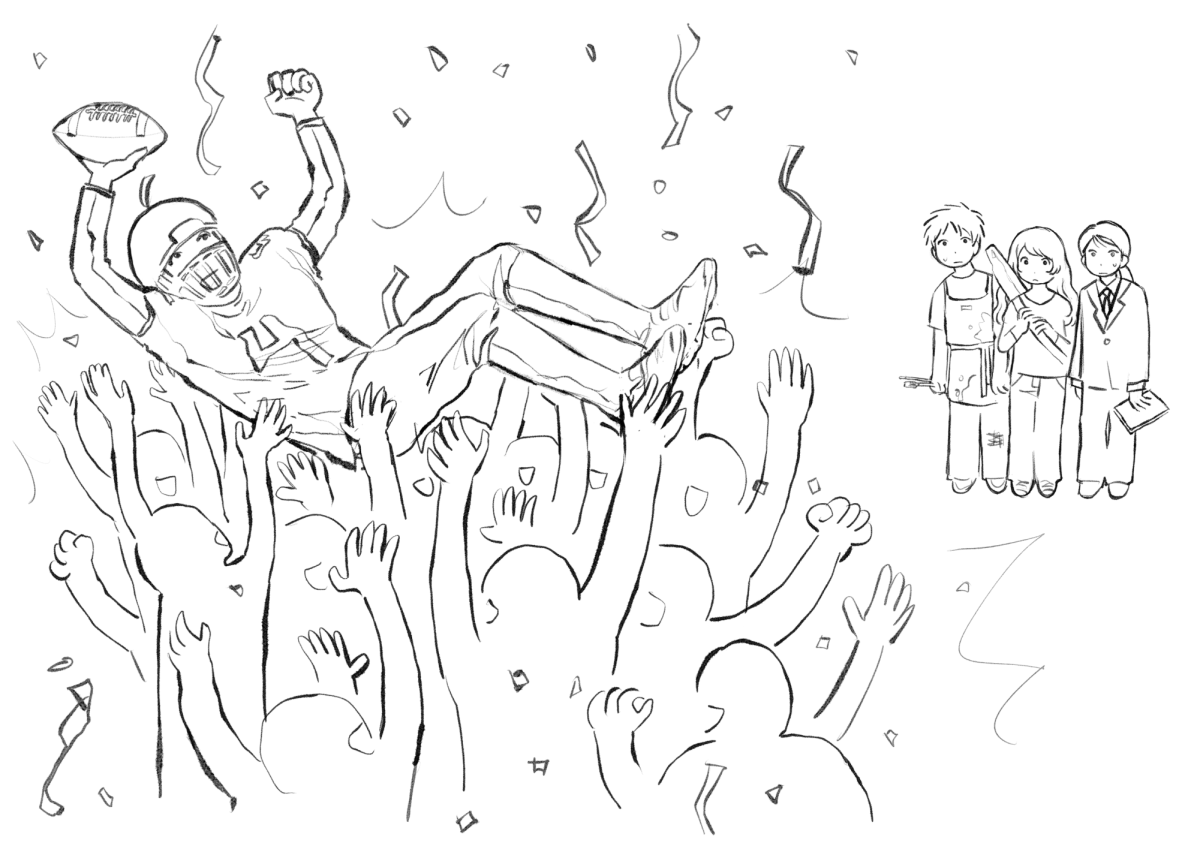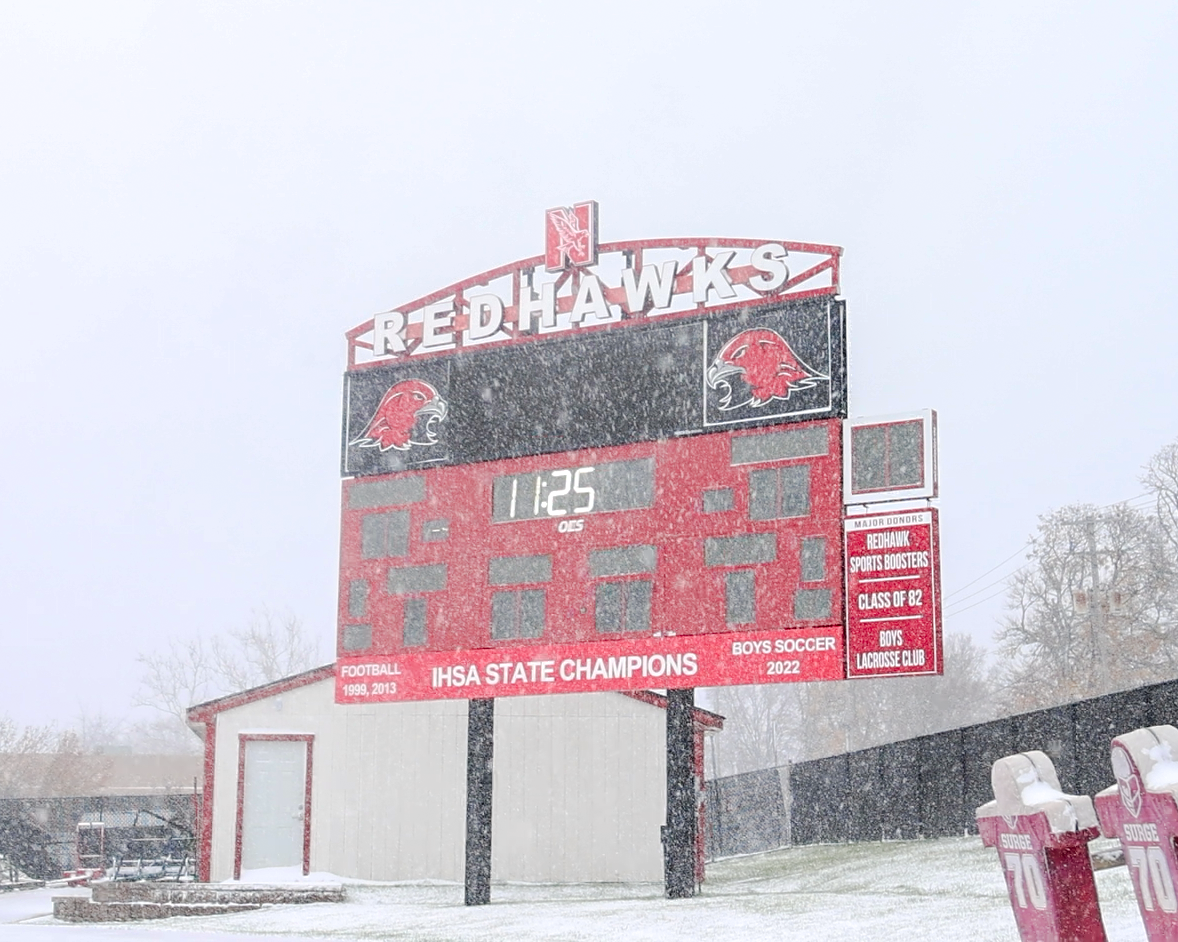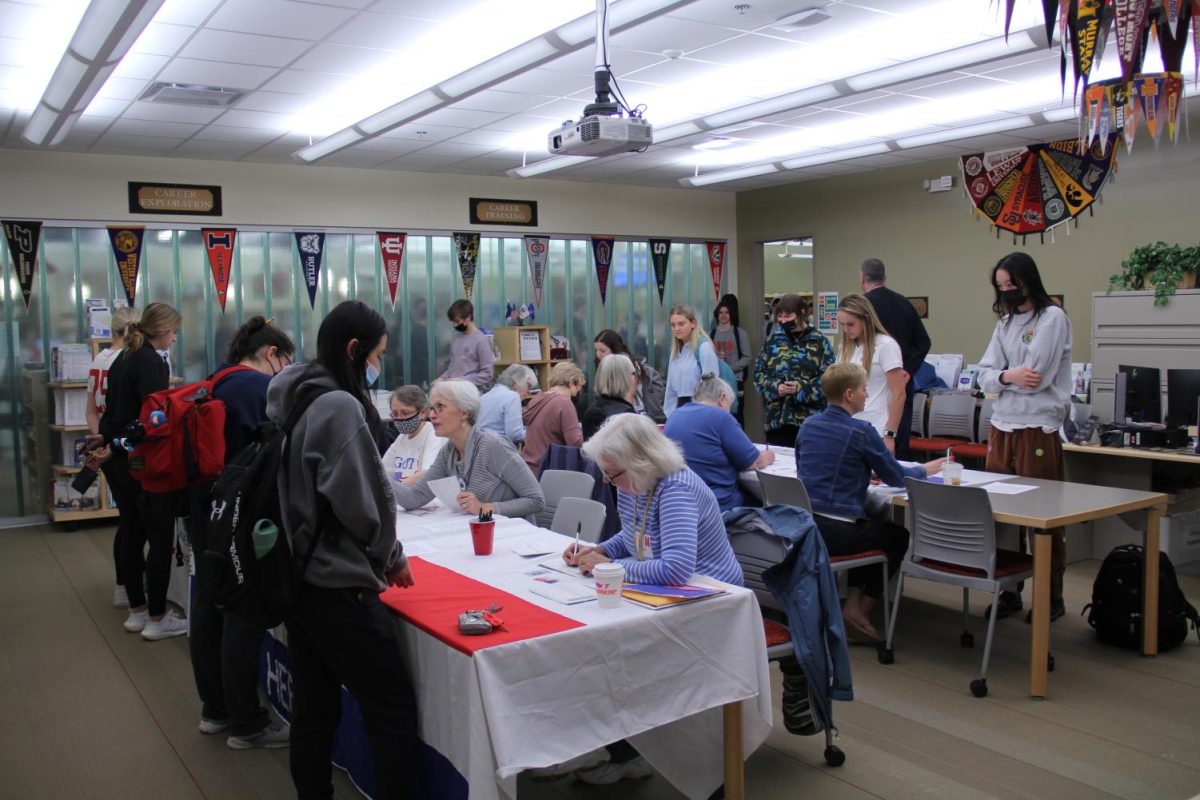What makes someone attractive?
September 25, 2016
What does it mean to be attractive? By definition it means to be appealing to look at, perhaps in the case of humans it means to be sexually alluring. However this is a definition that causes confusion as what it means to be attractive differs from person to person.
Romantics may cling to a dreamy notion of true love overcoming appearances, however the Scientifics may look to the facts. Androsexuals, those sexually attracted to males, look for height, facial symmetry, broad shoulders, relatively narrow waist, and a V-shaped torso. Gynosexuals, those sexually attracted to females, look for youthful appearance, facial symmetry, full breasts, full lips, and a low waist-hip ratio. Although, this merely reflects the views of our current society which is shaped by mannequin celebrities.
The simplest way to observe changing beauty standards is by looking at the ‘ideal woman’ for the past century. In the Renaissance, the ideal woman was voluptuous, blonde, pale skinned, and possessing deep red lips. Victorian women prized small waistlines— thus the birth of corsets— layered petticoats, hoops, and bustles to possess a larger posterior, and minimal makeup as it was considered unrespectable. In the Roaring Twenties women were expected to have a youthful, boyish look, bobcut, and bold makeup. The 40’s respected muscle tone, feminine hair styles matching popular movie stars, and overall natural makeup styles. The 50s desired the Marilyn Monroe figure, curly or wavy hair at the shoulders, and flawless skin. The 60s was split between the hippie flower child and modern swinging 60s woman. The 70s woman was thin, bronzed beach looking, and possessing long, layered, feathery hair. The 80s woman was expected to maintain an athletic body shape, big hair, and over the top makeup. The 90s woman was androgynous, heroin chic, and grunge; overall she was unkempt.
In just the past century the western world has seen a large variety of looks, so it becomes difficult to define and distinguish what is attractive and what is not. Simply we have a general sense of average derived from the Scientifics and the Romantic’s hope for acceptance. And yet, it is stunning how averse our modern population is to the term ‘average’. We strive to achieve an unattainable image of beauty when we should be celebrating the various body types that would have be all the envy 40, 50 or 60 years back.
Unfortunately, this is not the case. We live in a world where the natural look has been replaced by drawn-on faces, surgery altered bodies, and overall harmful body images. We live in a world where our worth is defined by standards we have no control over.
It is the sad truth that we are not only defined by beauty standards, but see significant effects on our success as a result of them.
Statistic Brain Research Institute calculates that an extra 11 inches in height, 5’1” to 6’, can result a $1,880 pay increase. Facial symmetry, another commonly cited factor of attractiveness, can raise an employee’s salary by 8% per standard deviation increase.
Perhaps most surprising is the strong difference Statistic Brain found between men and women in their salary as a result of weight. Men ranged from $35,000 salary at 70 pounds under average weight to $67,000 salary at 70 pounds over average weight. Conversely, women are judged much more harshly as a woman 70 pounds under average weight is paid $62,000 while a woman 70 pounds over average weight is paid the dismal salary of $21,500.
Attractiveness, by 21st century standards, clearly gives people an unfair advantage in the workplace. However it is not just the standards by which others define us that can affect our success, our self-perception of ourselves judged using modern beauty standards can greatly affect our success.
Those with a lower ego will have lower success and those with a higher ego will have higher success, as exemplified by Statistic Brain’s observation that people with low self-esteem on average earned $28,604 less than people with high self-esteem. As we are taught our self-worth is defined by our attractiveness through media, our self-esteem has a direct correlation with our perceived attraction.
The simple matter of the fact, is that we as a society are stuck in a loop of seeing an unattainable standard of beauty, attempting to change our own appearances to fit this standard, and feeling our self-esteem drop because we cannot reach this standard of beauty that is painted across all forms of media. Sadly, we cannot escape this loop. We wish to be more than average, and yet we don’t know what defines above average. Perhaps worst of all is the dismal outlook for the Romantic’s acceptance if we are to continue down this path of bias towards an uncertain, unattainable beauty.







